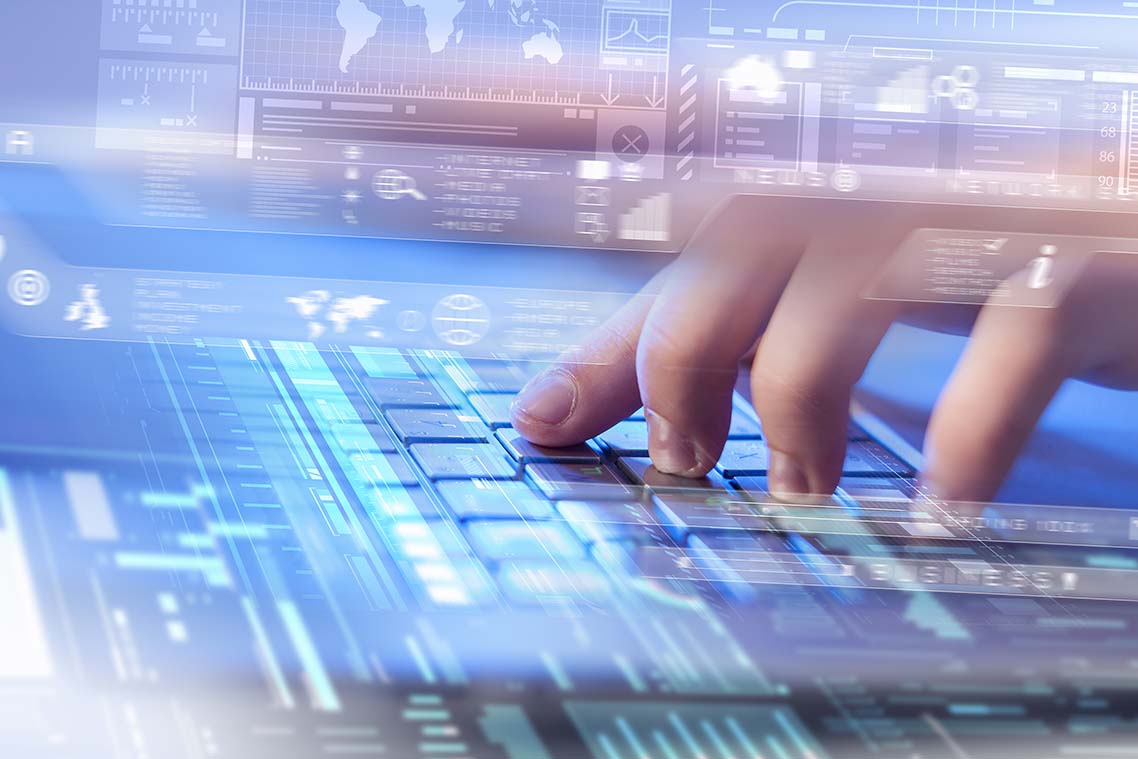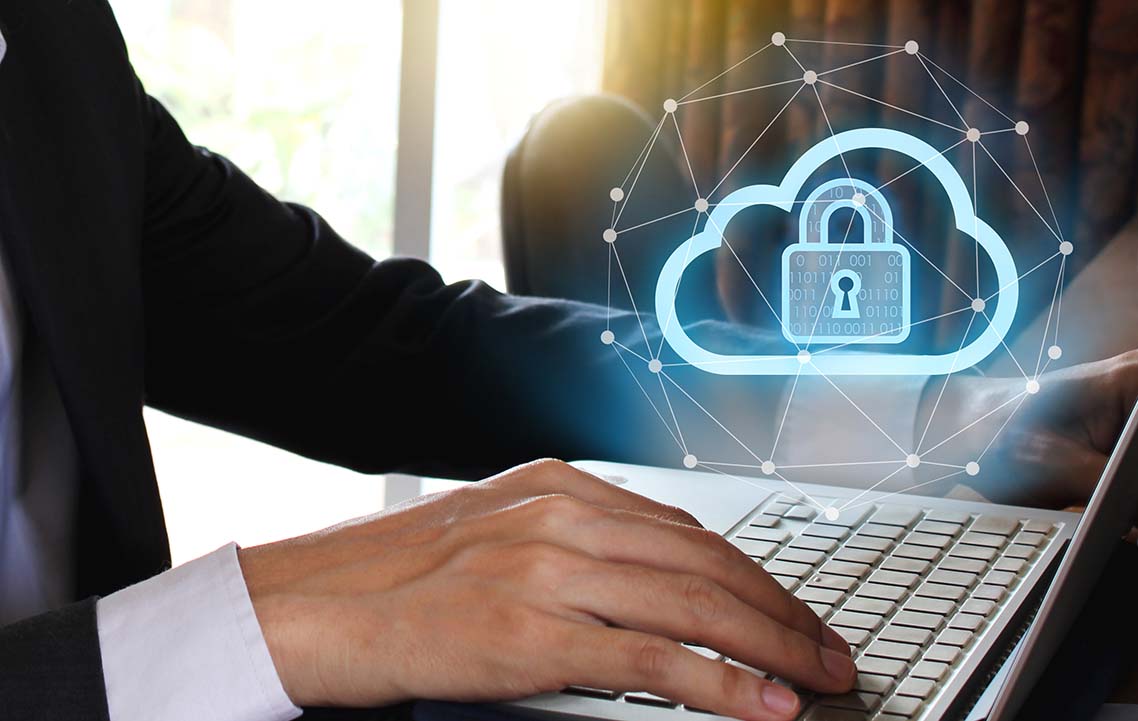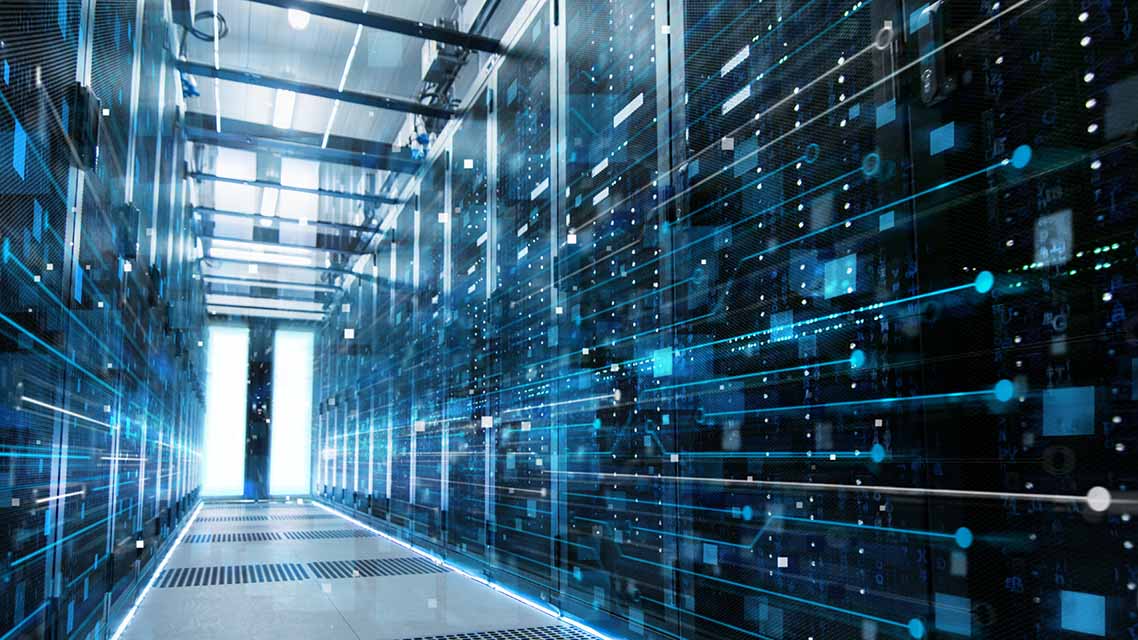
Discover the Top 5 Desktop Virtualization Benefits
A fast-paced and ever-evolving digital landscape is making it increasingly difficult for businesses to stay on top. The increasing number of heterogeneous endpoints that employees use to access corporate resources and cloud computing has made desktop management more challenging.
Done correctly, the desktop virtualization benefits are substantial. Desktop virtualization consolidates most of the enterprise’s computing in a datacenter, allowing the organization to enjoy significant cost savings, improved security, and enhanced agility. This post explores the top five benefits of using desktop virtualization.
1. Secure and Centralized Management
The traditional PC infrastructure has dominated desktop computing for a long time because it represents a constructive compromise between functionality and performance. However, streamlining IT management in such an environment is exceptionally challenging because of today’s widely used distributed computing environments and heterogeneous endpoints.
For example, with a traditional PC infrastructure, IT teams have to constantly monitor individual PCs for any signs of threat and install patches that fix the issues. In a desktop virtualization environment, an IT administrator can simply use a golden image or virtual machine (VM) as the basis for installing, patching, or upgrading applications.
Since the golden image contains the organization’s operating system (OS) and hardware configurations, any device that connects to the VM has its applications patched and updated automatically. In case a vendor releases a new patch or update, IT teams only need to update the golden image, and all devices using that VM update automatically to the latest version of the software.
Desktop virtualization also allows organizations to maintain security because applications and files don’t reside on the employees’ endpoints. Instead, the resources are housed in a server within the datacenter. If the device gets corrupted or lost, there is nothing that threat actors can access and compromise the company from the endpoint’s local storage.
2. Efficient Recovery and Backup
The primary goal of an effective recovery and backup plan is to get the service up and running without delay in the event a disruption occurs. This reduces the impact of interruption and ensures the organization continues to generate revenue. The traditional approaches to recovery and backup measures largely involve making use of physical resources such as external disks and portable storage devices.
While these measures can help you implement business continuity and disaster recovery (BCDR) measures, they require an enormous physical space and usually take time to restore if a disruption occurs. Virtual desktop recovery—a disaster recovery model that provides failover mechanisms to virtualized resources—can help you achieve an efficient recovery and backup.
For example, IT teams can leverage replication to create exact VMs in a secondary site in real-time. Compared to traditional disaster recovery replication approaches that depend largely on physical resources, virtual disaster recovery provides enhanced efficiency, speed, and flexibility when it comes to recovery and backup.
3. Significant Cost Savings and Power Efficiency
In a desktop virtualization environment, the actual computing takes place on the server and not the endpoints. As such, the organization doesn’t need to purchase expensive PCs for its employees. Companies can allow employees to use thin clients or leverage their preferred devices under the bring your own device (BYOD) framework to access corporate resources securely.
Beyond the hardware cost itself, desktop virtualization also streamlines the management of enterprise resources. With desktop virtualization, IT teams do not have to maintain every device in the workplace. While there is no doubt that you’ll still require skilled IT staff, the team can be much smaller if you implement desktop virtualization.
Most importantly, desktop virtualization can help you free up space by consolidating servers based on workload demands. This not only cuts the overall IT costs but also helps to minimize power consumption, potentially reducing energy bills by a significant amount.
4. Easier Rollout and Streamlined Maintenance
If the company has many endpoints to manage, desktop virtualization can help reduce the amount of time IT teams take to undertake large-scale rollouts and upgrades. Instead of having to manage each endpoint separately, IT teams can leverage a single golden image containing OS patches, drivers, and even applications to set up virtualization environments.
The golden image can also help enforce security. For example, IT teams can configure the golden image to adhere to the organization’s security and compliance requirements, which means the deployed resources adhere to those policies.
5. Improved Flexibility
Desktop virtualization solutions simplify the process of onboarding new employees in the organization. Rather than wasting precious time configuring devices, installing applications, and preparing network connectivity, IT teams can quickly onboard the endpoint with enterprise resources with just a few clicks.
They can personalize and manage resources for multiple employees through a single console. Desktop virtualization benefits also extend to employees. For example, employees can use any device to connect easily to the enterprise’s IT infrastructure. Due to centralized management, IT teams can replace broken thin clients easily with other devices that employees have on hand and install applications on the fly. This ensures that their productivity is not affected.
Parallels RAS: Leverage All Desktop Virtualization Benefits
Cloud computing, fueled by the transition to 100% virtualized environments, is here to stay. Parallels® Remote Application Server (RAS)—an out-of-the-box virtual desktop infrastructure (VDI) product—provides a diverse portfolio of solutions to organizations.
It offers a versatile deployment process, allowing companies to customize their virtual desktops for specific usage scenarios. Parallels RAS advances overall enterprise efficiency with flexible IT management options that strike the right balances across end-user productivity and business agility.
When deployed, Parallels RAS reduces the attack surfaces in organizations with features such as data segregation, advanced filtering, multi-factor authentication (MFA), kiosk mode, smart card authentication, and robust encryption protocols. Parallels RAS is also cloud-ready, supporting on-premises, public, and hybrid cloud deployment models.
Test drive the platform’s full functionality today!

